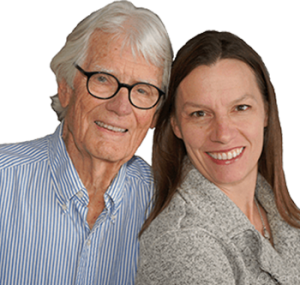There’s an irony about the advertising woman who, in 1948, penned “A Diamond is Forever” to signify the enduring love of two people. Her name was Frances Gerety and she spent the bulk of her life alone. Diamonds do sparkle, but there’s a better “forever” companion.
Longtime readers will know I’ll choose vitamin C over diamonds or any other glitzy trend, and definitely over cholesterol lowering drugs. Vitamin C doesn’t have the high cost or glamourous glitter of diamonds, and it makes no one rich. But making high doses of vitamin C a part of my daily routine has allowed me to spend another quarter century with my wife and family after a heart attack that nearly ended things for me at age 74.
For me, vitamin C is the forever vitamin.
In understanding its true value, first get rid of a common misconception. Vitamin C is not just a nutrient! It’s also an antibiotic, and an antifungal, and a component of the immune system that attacks many different infections. And another trap is in thinking a small dose should be enough. For cardiovascular results, the dose must be high. Linus Pauling, a two-time Nobel prize winner, told me he gets tired of repeating, “It’s the dosage.” With vitamin C, you cannot cause harm by increasing the dose.
Humans, unlike animals, don’t produce vitamin C. We lost this ability eons ago due to an unfortunate degenerative mishap in nature. Nearly all animals, with the exception of humans and the guineapig, day after day produce large amounts their own vitamin C. The key thing to realize about Dr. Pauling’s work is that he was not studying optimal amounts of C for healthy people. He was trying to figure out how much was needed to fight disease in unhealthy people, particularly those with heart disease. And this is where more research is still needed.
Here’s what we know. C decreases the risk of atherosclerosis (hardening of arteries), which is associated with Type 2 diabetes, a problem of pandemic proportions worldwide. Hard arteries decrease the flow of blood to all organs of the body. This causes heart attack, kidney failure, blindness, and amputation of legs. Atherosclerosis is bankrupting our healthcare system. It’s a terrible personal tragedy, ruining quality of life. And it’s a societal nightmare we too readily ignore, costing us billions!
Constipation is easily cured by 2000 milligrams of vitamin C at bedtime. If this amount fails to do the job, take 4,000 mg the following night or two. This invariable works. In elderly people constipation may become so severe that fecal impaction results. This means an emergency visit to hospital for enemas along with removal of feces. You’ll wish you had taken vitamin C.
Painful swollen joints are sometimes due to weakened blood vessels lacking vitamin C. Weakened arteries rupture releasing small amounts of blood into the joint causing inflammation and pain.
Are you getting more colds than formerly or ones that hang on forever? This may be due to a chronic lack of vitamin C and a stressful event. For instance, an emotional event or upcoming surgery can reduce the level of vitamin C in the blood, sometimes by as much as 90 percent. If your tank is low, ask your doctor to give you time to build it up before surgery.
Add up all these benefits and many others associated with C, and you can understand why it’s my forever vitamin. It’s inexpensive, natural, and without the complications of prescription drugs. I’m convinced it has got me to my 101st year. What simpler therapy with better return could I ask for?
Sign-up at www.docgiff.com to receive our weekly e-newsletter. For comments, contact-us@docgiff.com. Follow us on Instagram @docgiff and @diana_gifford_jones.


